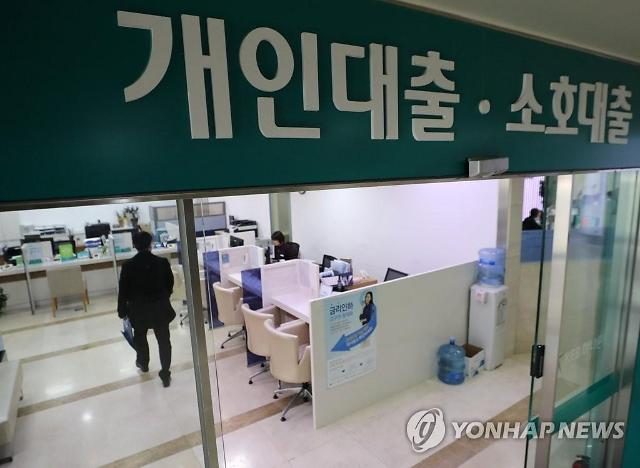1.85% difference in deposit interest rate for January… 0.01%p higher than the previous month
Household debt only increases as interest income decreases

[사진=연합뉴스]
The difference in interest rates between bank deposits and loans continues to widen. In a situation where interest income has decreased due to the continuation of the ultra-low interest rate, only household debt is expected to increase significantly, increasing the burden of interest repayment on borrowers.
According to the financial sector on the 7th, the difference in interest rate on deposit as of January was 1.85%, an increase of 0.01 percentage points from the previous month. That’s a 0.2 percentage point jump from a year ago. The difference in the deposit interest rate means the interest rate of the total loan (company + household) minus the deposit interest rate.
The difference in the interest rate on deposits was due to the steeper rise in the loan rate than the deposit rate.
In the meantime, deposit interest rates and loan interest rates have once narrowed the gap to 1.6 percentage points as the trend of ultra-low interest rates has continued due to the prolonged corona 19 incident. However, after the end of last year, as banks began tightening loans according to government guidelines, the interest rate on credit loans continued to rise. In January, the savings-type receiving rate based on the new amount of the deposit bank was 0.87% per year, down 0.03 percentage points from the previous month. On the other hand, the average loan interest rate based on the amount of new treatment during the same period was 2.72%, which was similar to the previous month.
In particular, household loans rose more than corporate loans. The average interest rate for household loans, which fell to 2.55% in August of last year, rose to 2.83% in January, and jumped close to 0.3% points in five months, following the continuation of the ultra-low interest rate following the Corona 19.
The rise in market interest rates is also contributing to the rise in lending rates. This is because the loan rate is calculated by adding the interest rate set by the bank to the market rate. The interest rate for one-year bank bonds (AAA, unguaranteed), which is the standard of interest rates on credit loans, rose from 0.761% at the end of July last year to 0.856% at the end of last month, an increase of 0.095 percentage points in the first half of a year.
On the other hand, the receiving rate has not recovered to the 1% level after falling to the 0% level since June last year. Received interest rates are also calculated by subtracting deposit costs, deposit insurance premiums, and margins from the market interest rate, which is flat despite the rise in market interest rates.
If the expansion of the loan-to-deposit ratio continues, the interest burden on households is expected to increase further. This is because interest income from savings at low interest rates has decreased, while loan interest has increased, increasing the debt burden.
The recent surge in household loans is also a factor that increases the debt burden of borrowers. As of the end of last year, household debt from financial institutions rose to 163.2 trillion won, more than 44 trillion won in three months. Considering the continued withdrawal of funds from deposits during the same period, interest income decreased and household debt increased significantly, resulting in a larger deficit in the secondary account (interest income-interest expenditure).
An official from the bank said, “There is also an effect that the deposit rate could not be adjusted upward due to the increase in the amount received because the funds that could not find an investment destination were concentrated. It will be inevitable that the interest rate gap will widen.”
©’Five-language global economic newspaper’ Ajou Economics. Prohibition of unauthorized reproduction and redistribution
